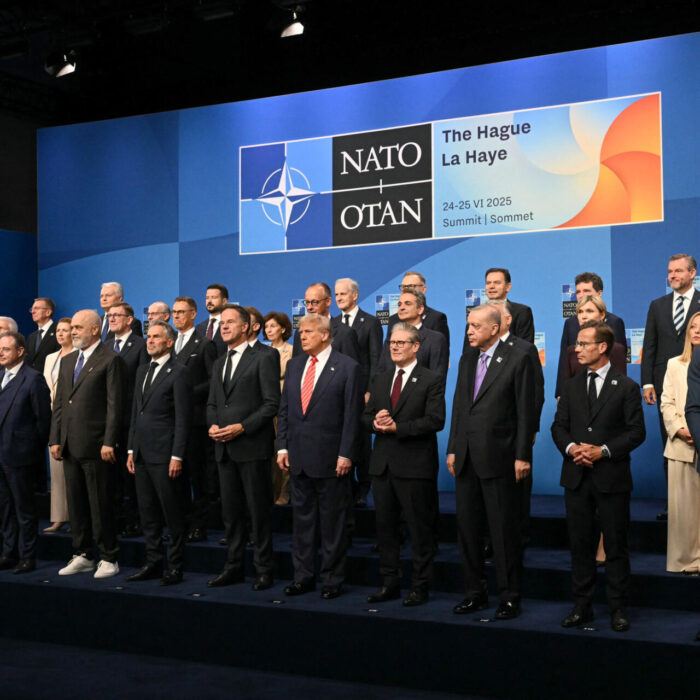NATO leaders on Wednesday agreed to a landmark increase in defense spending, committing to allocate 5% of their national gross domestic product (GDP) to defense by 2035. The decision marks a significant diplomatic victory for U.S. President Donald Trump, who for years has criticized NATO allies for underfunding their militaries and depending too heavily on American defense guarantees.
The agreement, reported by Reuters, saw near-universal support among member states, with the notable exceptions of Spain and potentially Slovakia. A formal signing of the commitment was expected before the close of the NATO Summit in The Hague.
This new target more than doubles NATO’s longstanding 2% GDP guideline. Under the revised plan, 3.5% of GDP is to be directed toward traditional defense expenditures—such as weapons systems, troop recruitment, and air defense—while the remaining 1.5% may be allocated to dual-use infrastructure, including roads and bridges that could serve both civilian and military logistics.
“There is absolute conviction with my colleagues at the table that, given this threat from the Russians, given the international security situation, there is no alternative,” said NATO Secretary General Mark Rutte, reinforcing the urgency driving the decision.
Finland’s President Alexander Stubb, whose country shares a border with Russia, described the announcement as a pivotal transformation. “This is the birth of a new NATO,” he said, calling it a move toward “a more balanced NATO and a NATO which has more European responsibility.”
S T A T E M E N T
of the Prime Minister of the Slovak Republic Robert Fico
23 June 2025The Prime Minister of the Slovak Republic points out that all international political, security, and legal mechanisms intended for decision-making and mandates on the use of military force in… pic.twitter.com/GFvnGaiuXs
— Robert Fico 🇸🇰 (@RobertFicoSVK) June 23, 2025
Spain, however, openly rejected the new goal. Prime Minister Pedro Sánchez stated that Spain would not follow the spending mandate, claiming the country could meet its security obligations with significantly less defense funding. Spain's defense spending currently stands at 1.28% of GDP—the lowest among NATO members.
Slovakia also signaled its reluctance. Prime Minister Robert Fico commented that Slovakia has “other priorities in the coming years than armament.”
The response from Eastern European members was swift. Poland’s Deputy Prime Minister Władysław Kosiniak-Kamysz, whose country currently allocates the highest share of GDP to defense in NATO, criticized the stance taken by Spain and Slovakia. “Any deviation from this principle by any member country is a bad example,” he said.
An unnamed NATO official told POLITICO that such resistance is “incredibly unfair to the alliance,” emphasizing concerns that uneven commitment could undermine unity and operational capability.
President Trump, who has long demanded NATO members pay more for their own defense, was credited by several officials for setting the stage for this shift. The 5% threshold represents a culmination of the pressure campaign he began during his first term.

